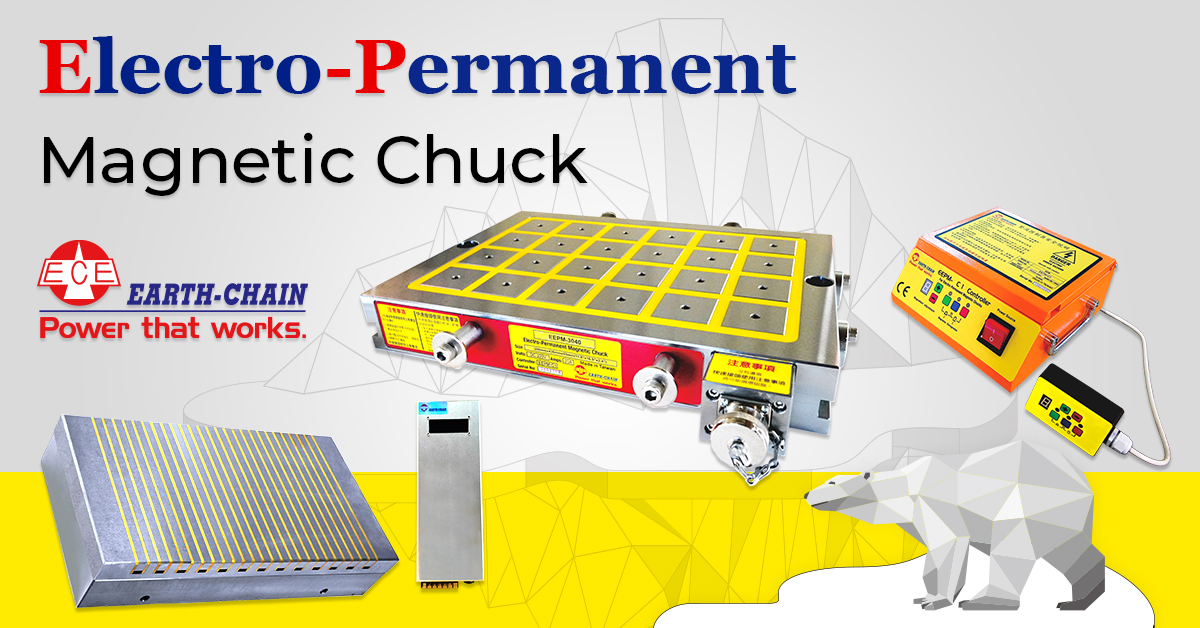CNC machine tool (or CNC lathe) refers to an automatic machine tool equipped with a program control system. The control system can logically process the program specified by the control code or other symbolic instructions and decode it so that the machine tool operates and the parts are processed.
What is a CNC lathe?
The CNC lathe and turning centers are a kind of high precision and high-efficiency automatic machine tool. Equipped with multi-station turret or power turret, the machine tool has a wide range of processing performance. It can process linear cylinders, slant cylinders, arcs, and various complex workpieces such as threads, slots, worms, etc. Interpolate various compensation functions, and play a good economic effect in the mass production of complex parts.
"CNC" is the abbreviation of Computerized Numerical Control. The CNC machine tool automatically processes the parts to be processed according to the pre-programmed processing program. We put the processing route of the parts, process parameters, tool trajectory, displacement, cutting parameters (spindle rotation, feed, back-feeding, etc.) and auxiliary functions (tool change, spindle forward, reverse, Cutting fluid on, off, etc.), write a machining program according to the instruction code and program format specified by the CNC machine tool, and then record the content of this program on the control medium (such as perforated paper tape, magnetic tape, magnetic disk, magnetic Bubble memory), and then input into the numerical control device of the numerical control machine tool, so as to direct the machine tool to process the parts.
This entire process from the analysis of the part drawing to the production of the control medium is called the preparation of the NC program. The difference between CNC machine tools and ordinary tool machined parts is that CNC machine tools automatically process parts according to the program, and ordinary machine tools need to be operated by humans. We can achieve the purpose of processing different parts by changing the program that controls the operation of the machine tool. Therefore, CNC machine tools are particularly suitable for processing small batches and complex shapes requiring high precision parts.
Because the CNC machine tool needs to process the parts according to the program, after the programmer has compiled the program, it is input into the CNC device to direct the machine tool to work. The input of the program comes through the control medium.
The CNC lathe is composed of a CNC device, bed, spindle box, tool post feed system, tailstock, hydraulic system, cooling system, lubrication system, chip conveyor, and other parts. CNC lathes are divided into vertical CNC lathes and horizontal CNC lathes.
Vertical CNC lathes are used for turning disc parts with a large rotary diameter.
Horizontal CNC lathes are used for turning parts with long axial dimensions or small discs.
Horizontal CNC lathes can be further divided into economical CNC lathes, ordinary CNC lathes, and turning machining centers according to their functions.
- Horizontal CNC lathes can be further divided into economical CNC lathes, ordinary CNC lathes, and turning machining centers according to their functions.
- Ordinary CNC lathes: CNC lathes that are specially designed according to the requirements of the turning process and equipped with a universal CNC system. The numerical control system has strong functions, and the degree of automation and machining accuracy is also relatively high. It is suitable for the turning processing of general rotary parts. This CNC lathe can simultaneously control two coordinate axes, namely x-axis, and z-axis.
- Turning machining center: on the basis of ordinary CNC lathes, the C axis and powerhead are added. More advanced machine tools also have a tool magazine, which can control the X, Z, and C coordinate axes. The linkage control axis can Is (X, Z), (X, C), or (Z, C). Due to the addition of the C-axis and milling powerhead, the machining function of this CNC lathe is greatly enhanced. In addition to general turning, it can also perform radial and axial milling, curved surface milling, and holes and diameters whose centerline is not at the center of rotation Drilling into holes, etc.
-
Hydraulic chuck and hydraulic tailstock
The hydraulic chuck is an important accessory for clamping the workpiece during CNC turning. Ordinary hydraulic chucks can be used for general rotary parts; special chucks are required for parts whose clamping parts are not cylindrical; direct use of bar stock Spring chucks are required when machining parts.
For parts with a large ratio of axial dimension to radial dimension, it is necessary to support the tail end of the part with a live center installed on the hydraulic tailstock, so as to ensure the correct processing of the part. The tailstock has ordinary hydraulic tailstock and programmable hydraulic tailstock.
-
The tool holder of CNC lathe
CNC lathes can be equipped with two tool holders:
- The special tool holder is developed by the lathe manufacturer itself, and the tool holder used is also dedicated. The advantage of this tool holder is its low manufacturing cost, but it lacks versatility.
- The universal tool holder is produced according to certain universal standards (such as VDI, German Institute of Engineers), and CNC lathe manufacturers can choose and configure according to the functional requirements of the CNC lathe.
-
Milling powerhead
After the milling powerhead is installed on the CNC lathe tool holder, the processing capacity of the CNC lathe can be greatly expanded. For example: use the milling powerhead for axial drilling and milling axial slots.
-
The cutting tool of CNC lathe
When turning parts on a CNC lathe or turning machining center, the position of the tool on the tool holder should be reasonably and scientifically arranged according to the structure of the tool holder of the lathe and the number of tools that can be installed. Interference with machine tools, tools and workpieces, and tools.
CNC machine tool maintenance:
Compared with ordinary machine tools, CNC machine tools have high machining accuracy and stable quality; and can perform multi-coordinate linkage to process parts with complex shapes; when the machining parts change, only need to change the CNC program to work Greatly saves production preparation time; at the same time, the CNC machine tool itself has high precision and rigidity and can choose a favorable amount of processing, and high productivity; and for the operator, the CNC machine tool has a high degree of automation and greatly reduces labor Strength; but because of the professionalism of the program control system, it is quality requirements for operation and maintenance personnel are relatively high. The maintenance of CNC machine tools is more professional and meticulous than ordinary machine tools. The maintenance personnel must not only have knowledge of machinery, processing technology, and hydraulic pressure but also have knowledge of electronic computers, automatic control, drive, and measurement technology. Understand and master the CNC lathe, and do the maintenance work in time.
Mainly pay attention to 3 points for maintenance:
- Optimize the processing and production environment. The specific environment of the use of CNC lathes will affect the normal operation of the machine tool, so when installing and using the machine tool, it should try to meet the specified installation conditions to meet the environmental requirements of the machine tool production. When economic conditions permit, it is best to isolate the CNC lathe from the ordinary machining equipment in order to facilitate the maintenance and repair of the machine tool. At the same time, the factory is regularly cleaned, and the electrical cabinets, circuit boards, etc. are cleaned and inspected.
- Train professional tool machine maintenance personnel. This personnel should be familiar with the characteristics of the machine tool, CNC system, strong electrical equipment, hydraulic pressure, pneumatic pressure and other operating conditions, processing conditions, etc., and can use the CNC lathe correctly according to the requirements of the machine tool and system manual.
- For the machine tool using CMOS components, when the low voltage alarm occurs, the battery must be replaced in time, and the control system must be powered on, otherwise the storage parameters will be lost and the CNC system will not work.
And for long-term idle CNC machine tools. When not in use, the CNC system should always be energized and run under no-load conditions. In the humid area or the rainy season, it should be electrified every day, and the electrical components themselves should be used to drive off the moisture in the CNC cabinet, so as to ensure the stability of the electronic components.

Referral Link







.png)







